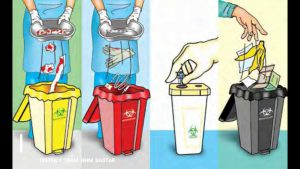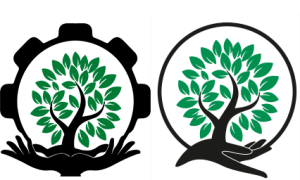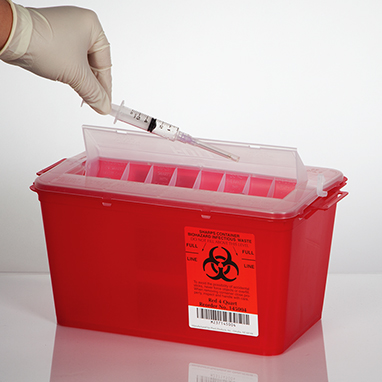Medical Waste Management
Effects of medical waste on the environment
The most serious effect that medical waste has on our seas is the discharge of poisons into the waters that could then be consumed by ocean life creatures. Toxins would interject into the food chain and eventually reach humans who consume sea creatures. Human exposure to such toxins can stunt human growth development and cause birth defects. The high volume of plastic use in the medical field also poses a dangerous threat to the environment. Our current reliance on plastic materials is rooted in their unique capabilities to be lightweight, cost-effective, and durable while preserving the sterility of medical equipment
Medical waste management
In the United States, in addition to on-site treatment or pickup by a medical waste disposal firm for off-site treatment, a mail back disposal option allows generators of waste to return it to the manufacturer. For instance, waste medicines and equipment can be returned. The waste is shipped through the U.S. postal service. U.S. states, mail-back medical waste disposal is limited by very strict postal regulations
In India, though there are a number of different disposal methods, the situation is desultory and most are harmful rather than helpful. If body fluids are present, the material needs to be incinerated or put into an autoclave. Although this is the proper method, most medical facilities fail to follow the regulations. It is often found that medical waste is dumped into the ocean, or in landfills Improper disposal can lead to many diseases in animals as well as humans. For example, animals, such as cows in Pondicherry, India, are consuming the infected waste and eventually, these infections can be transported to humans who consume their meat or milk

The latest guidelines for segregation of medical waste recommend the following color coding
Red Bag – Syringes (without needles), soiled gloves, catheters, IV tubes etc. should be all
disposed of in a red colored bag, which will later be incinerated
Yellow Bag – All dressings, bandages and cotton swabs with body fluids, blood bags, human
anatomical waste, body parts are to be discarded in yellow bags
Cardboard box with blue marking – Glass vials, ampules, other glass ware is to be discarded
in a cardboard box with a blue marking/sticker
White Puncture Proof Container (PPC) – Needles, sharps, blades are disposed of in a white container
Black Bags – These are to be used for non-bio-medical waste. In a hospital setup, this includes vegetable and fruit peels, leftovers, packaging such as medicines, disposable caps, disposable masks, disposable shoe-covers, disposable tea cups, cartons, sweeping dust, kitchen waste etc
Ref: www.wikipedia.org
This post is also available in: Persian




Leave a Reply
Want to join the discussion?Feel free to contribute!